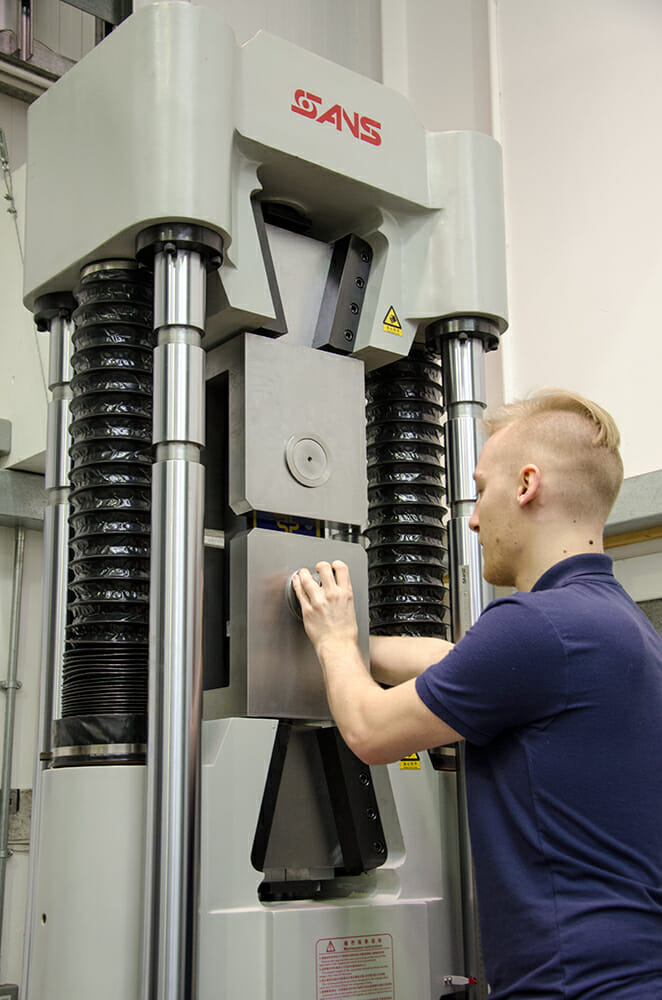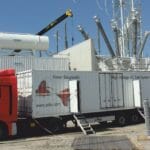Straightpoint (SP) has named the first regional distributors to be titled Authorised Calibration Centres, as the load cell manufacturer looks to expand the services available to customers close to the point of use.
Calibration—correlation of the readings of an instrument to check accuracy—is a crucial component of force measurement. Authorised centres, some of which previously offered calibration services, will need a highly accurate hydraulic test machine equipped with a reference load cell that gives traceability to national standards. Importantly, the requirements for traceability will change from one country to the next. All personnel performing calibration will undergo training by SP and centres will supply copies of third-party calibration certificates for their test machines annually.
David Mullard, business development manager at SP, said: “If an instrument is not calibrated, it defeats the object of using one to monitor a lift, if it’s not a true and accurate measure of the load. Safety starts with accurate measurement.”
SP currently calibrates load cells at its Havant, Hampshire headquarters up to 350t capacity in both tension and compression—and will continue to do so. However, its range of equipment is used in below-the-hook and other applications all over the world, where a global network of dealers represents SP. Authorised distributors will now be able to calibrate and return instruments within days, rather than factoring in additional time for shipment to the company’s headquarters or a third party calibrator.
Mullard said: “We are always looking at ways to improve our service levels to customers and calibration is an important part of that for an SP load cell. We recommend that calibration is done every 12 months but that can vary depending how intensively a load cell is used. If an instrument is employed for hundreds of lifts per day, we would recommend it be calibrated more frequently. In those instances, a local calibration centre is a major plus point.”
Eight distributors have been given Authorised Calibration Centre status: Australian Calibrating Services, Australia; RUD Lifting Japan Co. Ltd., Japan; Gaylin, Malaysia; Carl Stahl UAE, UAE; Van Gool, Netherlands; Trinidad Inspection Services, Trinidad; Myers Manufacturing, USA; and Data Weigh, USA. All will use the necessary SP calibration equipment and the manufacturer will share procedures with them to provide a consistent service level worldwide.
Mullard said: “In some cases they have sourced their own equipment but in others they are using our 55t load cell test machine [LCTM55T], which is a hydraulic vertical test rig based on one of our own machines used at HQ. The capacity meets the requirements of more than 80% of the load cells we sell. We’ll also offer training, software and parts as required, as well as farm out requests for calibration from end users.”
He added: “We’re not revolutionising our distributorship model where we’re expecting all partners to gravitate towards calibration. Most are happy to sell the full range of SP load cells and let customers make arrangements for calibration as they wish—and that’s not a trend we’re looking to obstruct. Only certain distributors will have the capability or desire to calibrate and repair, and only a limited number are required worldwide to provide that service.”
SP has already started promoting Authorised Calibration Centres, outlining who can calibrate, where they are based, the tonnage they can calibrate to, and repair capabilities. Such details will also be published on the website: www.straightpoint.com.








